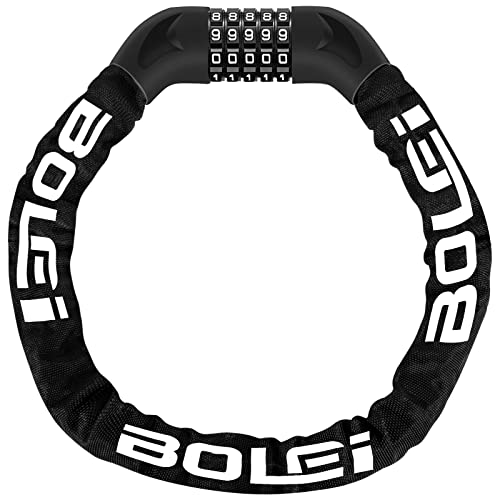What is a Folding Lock?
A folding lock is a type of bike lock that is designed to be compact and easy to carry. It is made up of a series of linked metal plates that can be folded up when not in use, and then unfolded and locked together to secure your bike when you need to leave it unattended. Folding locks are a popular choice for city cyclists because they are both lightweight and sturdy, making them ideal for commuting or running errands around town.
How Does a Folding Lock Work?
When you are ready to use your folding lock, simply unfold it and wrap it around your bike’s frame and whatever you are locking it to. Once you have the lock positioned the way you want it, you can use the key or combination to lock the plates together. The lock is designed to be tamper-resistant, so it is much more difficult to break than a traditional cable lock. When you are ready to ride again, simply unlock the plates and fold the lock back up into its compact shape for easy storage.
Benefits of Using a Folding Lock
One of the biggest benefits of using a folding lock is that it is much more convenient to carry than other types of bike locks. Because the plates fold up into a compact shape, you can easily stow your folding lock in your backpack, pannier, or even your pocket. Additionally, because the lock is made up of multiple plates, rather than a single cable or chain, it is much harder for thieves to cut or break the lock.
Best Folding Locks on the Market
There are a number of different folding bike locks available on the market today, but some of the best options include the ABUS Bordo Granit X Plus, Kryptonite Evolution Folding Bike Lock, and the Foldylock Compact. Each of these locks is made with high-quality materials and is designed to offer maximum security and convenience to cyclists.
Tips for Using Your Folding Lock Safely
While folding locks are generally very secure, it is important to be smart when using them to secure your bike. Always choose a sturdy object to lock your bike to and make sure that the lock itself is positioned in a way that is difficult for thieves to access. Additionally, it is a good idea to register your bike with a national database, such as Bike Index, so that it can be recovered more easily in the event that it is stolen.






